Coral reefs having sex! Annual spawning event || Written by a marine biologist
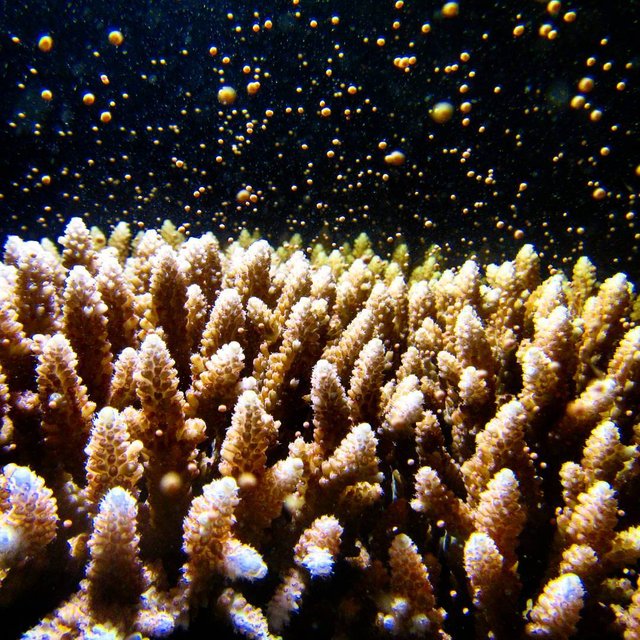
Hi! Longer time lurker, first time poster here. I'm Harry, a marine biologist and ocean enthusiast from the UK. In prep for this years spawning, I was looking over my photos and decided to share - probably the most breathtaking thing I will ever experience. Read more about my work and research at the end. Enjoy!
What are corals?
The first thing to make clear is that corals are animals, not plants. They are anemone like creatures with multiple mouths ('polyps' - see corals feeding at night). Corals secrete calcium carbonate skeletons for protection, and these collectively form coral reef structures (largest being the Great Barrier Reef - equal to the area of UK, Holland and Switzerland combined). Corals host and have a symbiotic relationship with zooxanthellae - photosynthetic algae cells which provide the corals with a source of food. Corals most frequently reproduce asexually, often by regrowing from dislodged fragments (they've often 'farmed' in this way like in the image below).
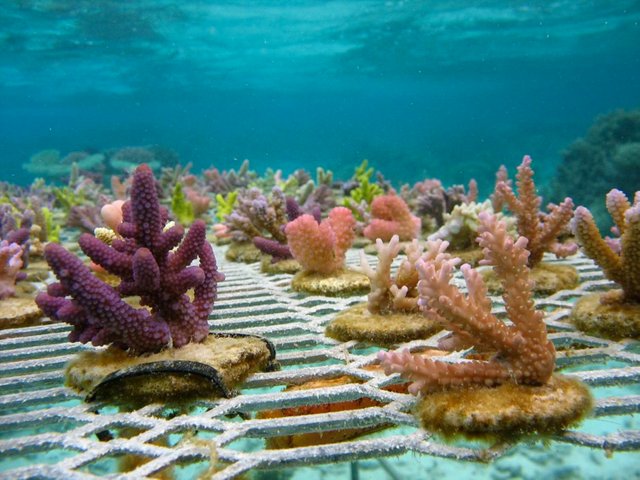
Coral Spawning
However, once a year, corals sense specific cues from the moons cycle with coordinate mass synchronous spawning of hundreds of coral species. Within a tiny half hour window, billions of eggs and sperm are released and fertilised in the water column.
While we know that for Indo-Pacific corals the spawning will be triggered around the full moon in March / April, exact days and timing vary. We spent a whole week diving for four hours every night. Luckily, after a lot of anticipation, we hit the jackpot!
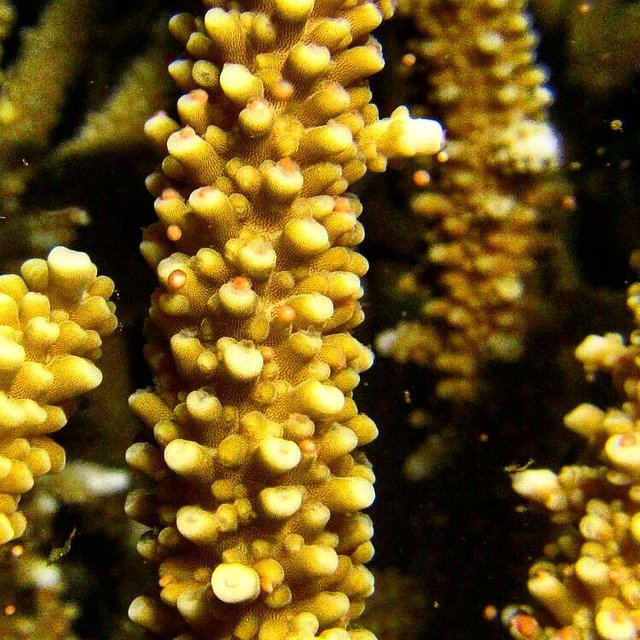
It starts with corals 'setting' the eggs in the mouth of the polyp. Once they're here, it's a few minutes until spawning starts! The eggs are the large red blobs, whereas the sperm are difficult to see except for a vague cloudy slick coming from the coral... however, the sperm does really smell (and unfortunately taste - you're in the water with it!) pretty weird.
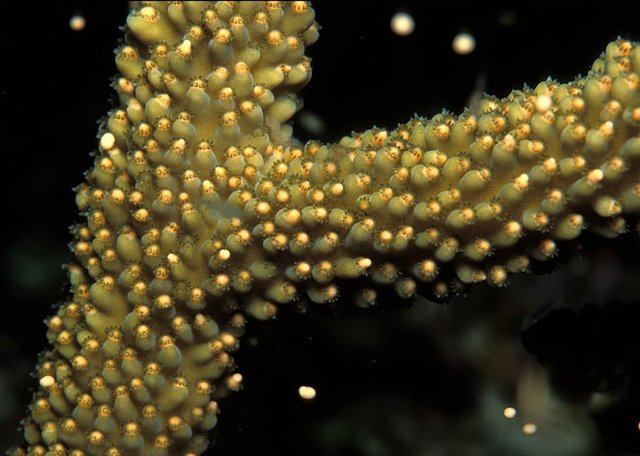
All at once it goes off. It feels as though it is snowing, but upside down as the eggs float upwards! I had goosebumps all over watching this.


The morning after... eggs collect at the surface in slicks. On the Great Barrier Reef, these slicks can be detected from space!
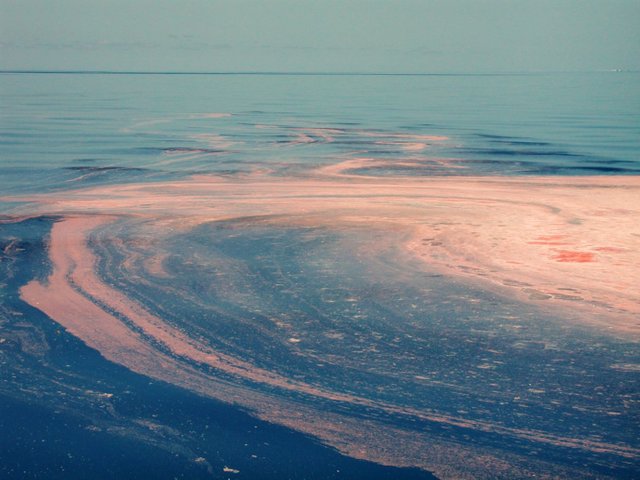
Once fertilised, eggs will gradually transform to free-swimming coral larvae which, if they survive and find a suitable location to attach to, will start to grow. These young corals are called 'recruits'. Within a few days, the tissues start to secrete a skeleton, creating the first polyp. I took this photograph under 60x magnification of a recruit (the tissues have been bleached off, revealing the skeletal features).
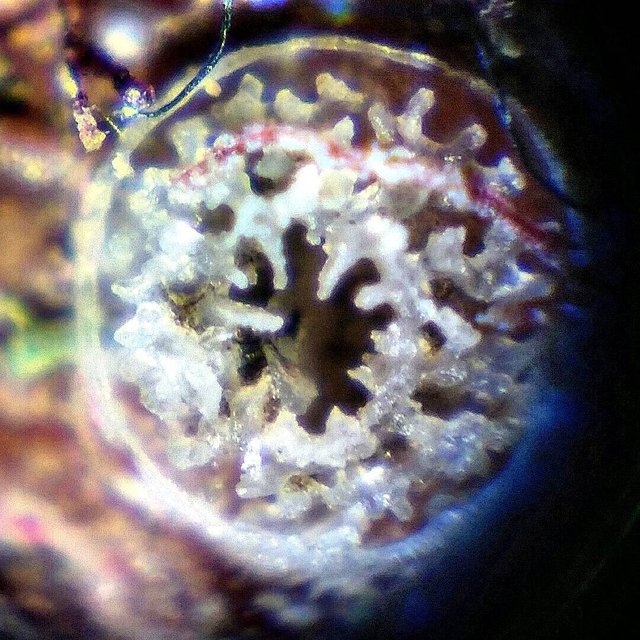
Recruits can be identified to family level by the morphology of their skeletal structure. Pictured below, the four main families I recorded during the experiment; (A) Acroporidae, (B) Pocilloporidae (note secondary polyps forming around the central one), (C) Poritidae and (D) Merulinidae.
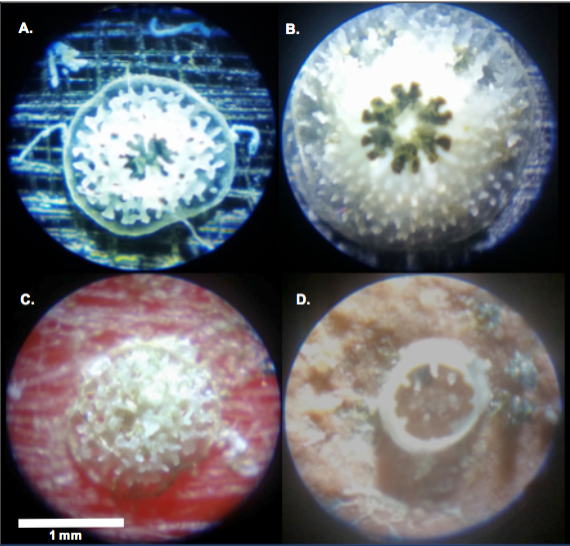
About my work
Hope you found this interesting! As I mentioned earlier, I'm preparing for another research trip for the 2018 spawning event. My research involves developing special 'coral friendly' concrete which attracts coral larvae to settle and promotes their survival and development. Concrete is the most widely used material for creating artificial reefs, reef rehabilitation structures and marine infrastructure, yet it's chemical properties (until years of curing are complete) are unsuitable for many marine organisms, including corals.
I'm trying to address this issue, whilst also reducing the incredibly high carbon footprint of concrete through using alternative and recycled materials. In the trials this year, over 70% more corals settled on my alternative blend which is also cheaper, stronger and has a lower CO2 footprint than standard concrete. I'm hoping this year to expand the trials with multiple locations and further refine the blends. My research is currently independent, low-budget and mostly self-funded along with the help of small charity grants, but I believe it has potential to deliver significant advancements which could be applied on a large scale - something that is critically needed to help save and conserve coral reefs.
If you'd like to learn more about corals, I recommend starting this the Netflix documentary 'Chasing Coral'. Hopefully this post engages a few people and I'll be able to use Steemit as a tool for communicating scientific research!
Has there ever been a Steemit funded research project?... Please discuss!
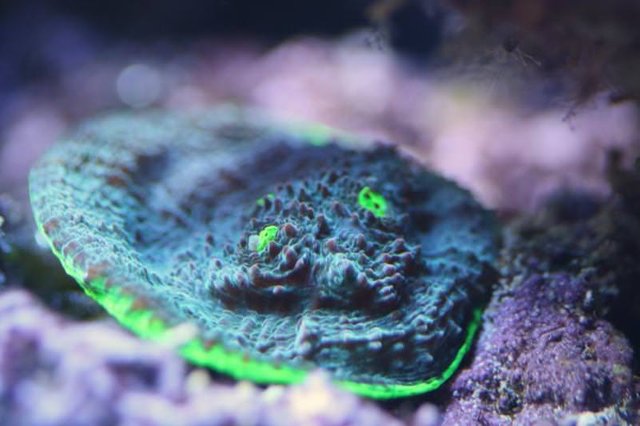
nice post
This is fascinating! Thank you for sharing with us!
Nice Post thanks you for this attractive information
woow very good :)
@Originalworks
@Livesustainably
A comprehensive guide to coral spawning with excellent photos!
Hello, please follow the rules of the group ►Resteem to steemit◄ and I will upvote you and you will be resteemed by the most active members in the group.
You have to resteem a post from the group, then you are welcome to post the link of yours.
Do you know how to resteem ?
I live in cold Chicago but am fascinated with corals, the are such incredible creatures. Very interesting read.